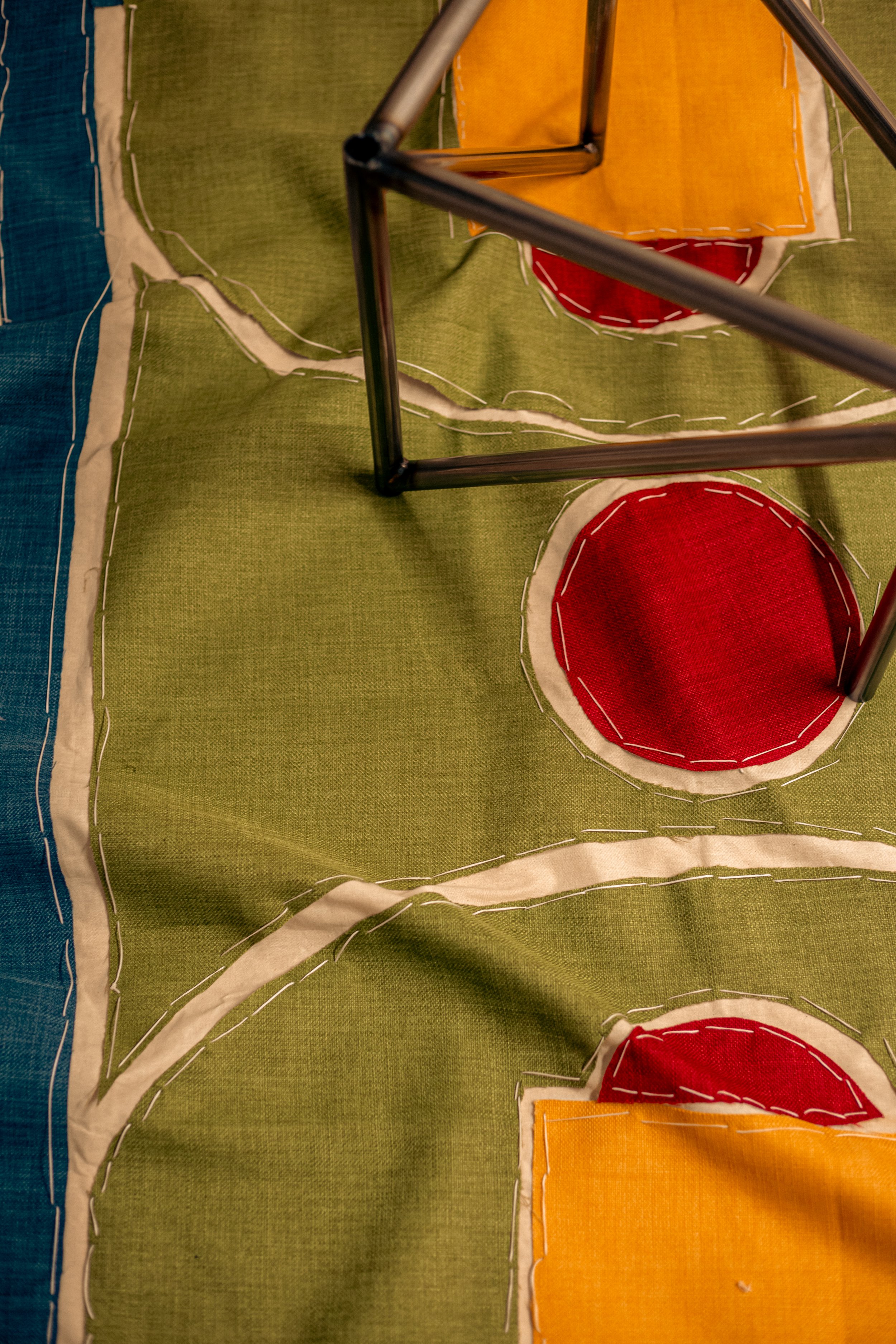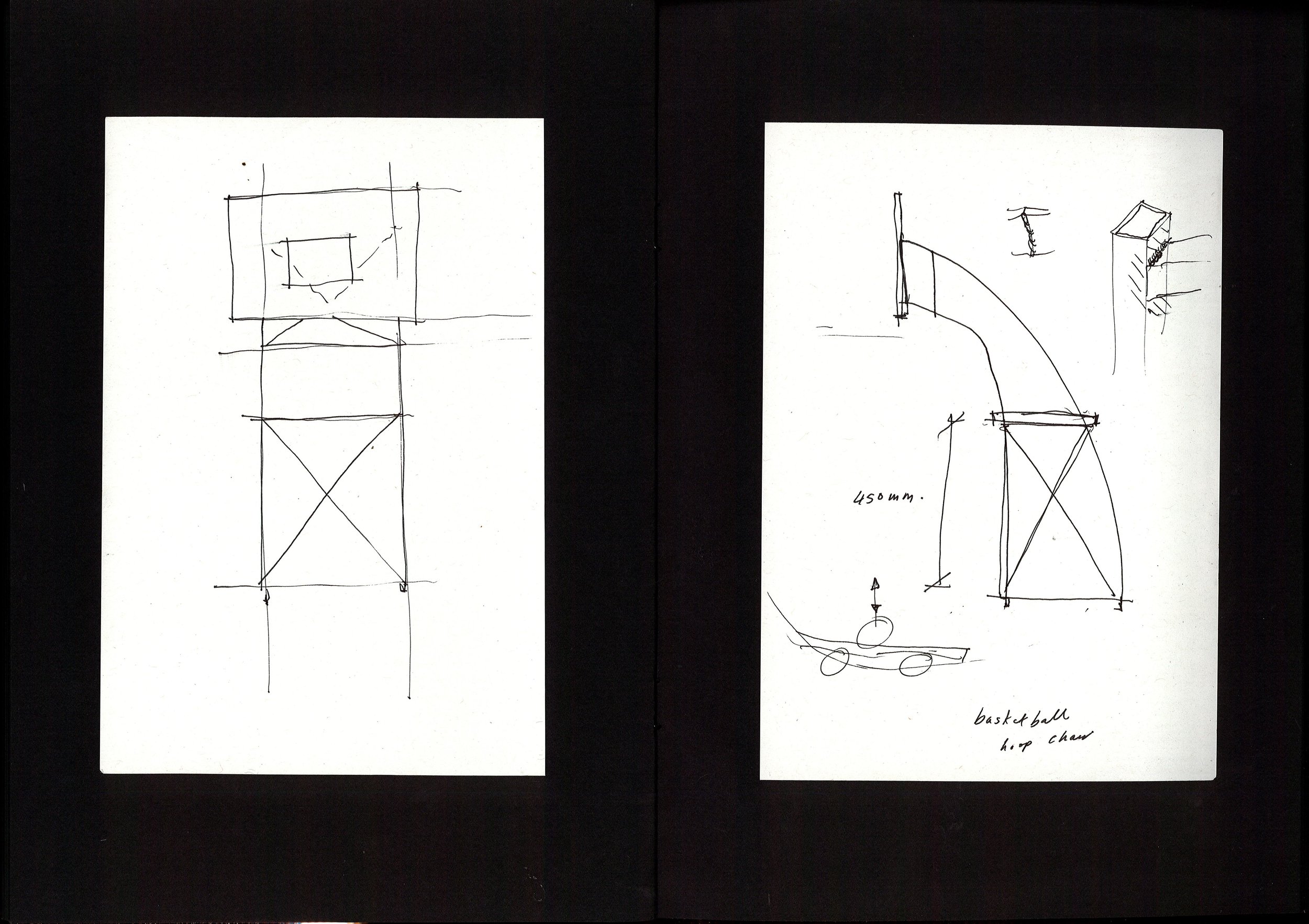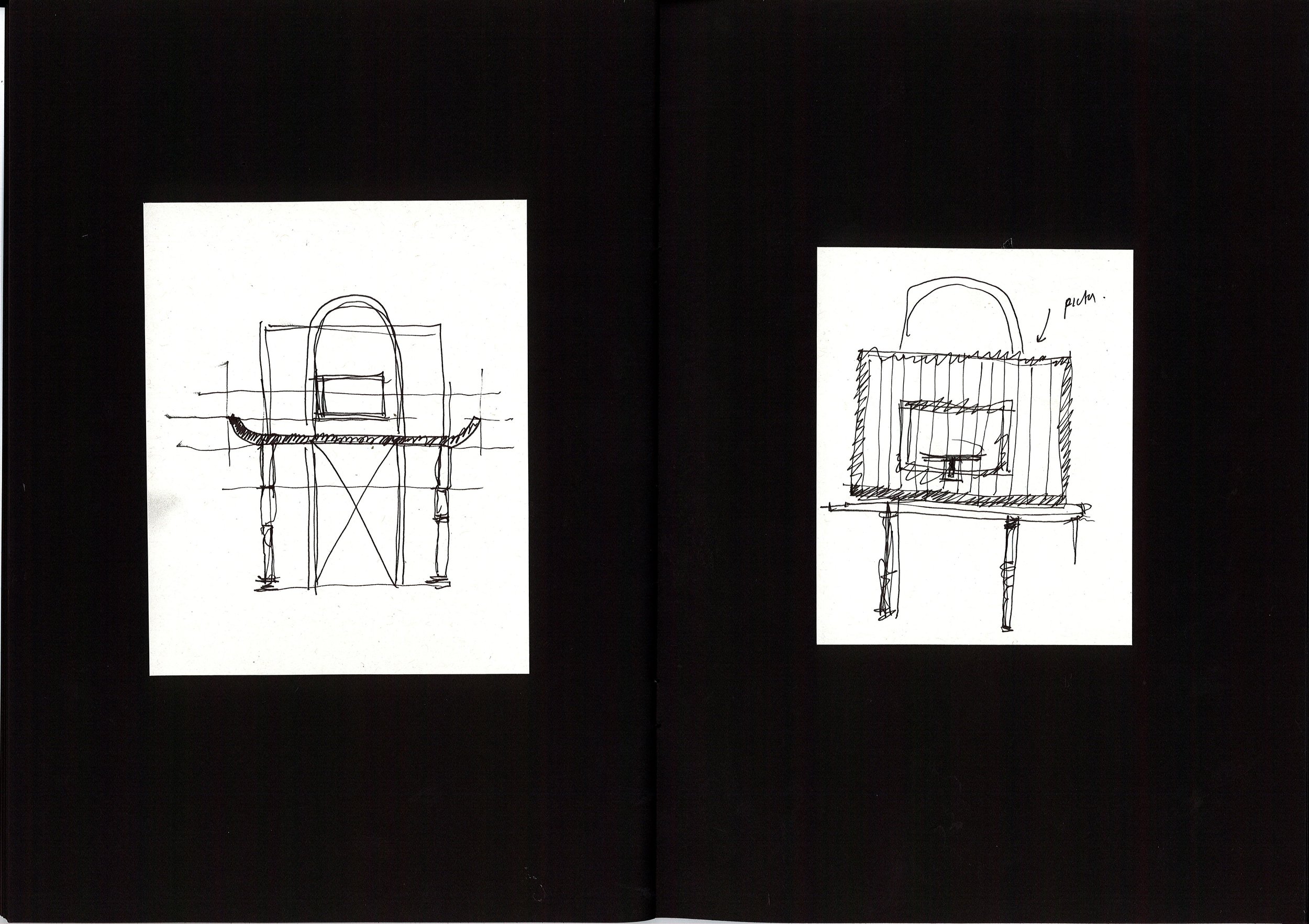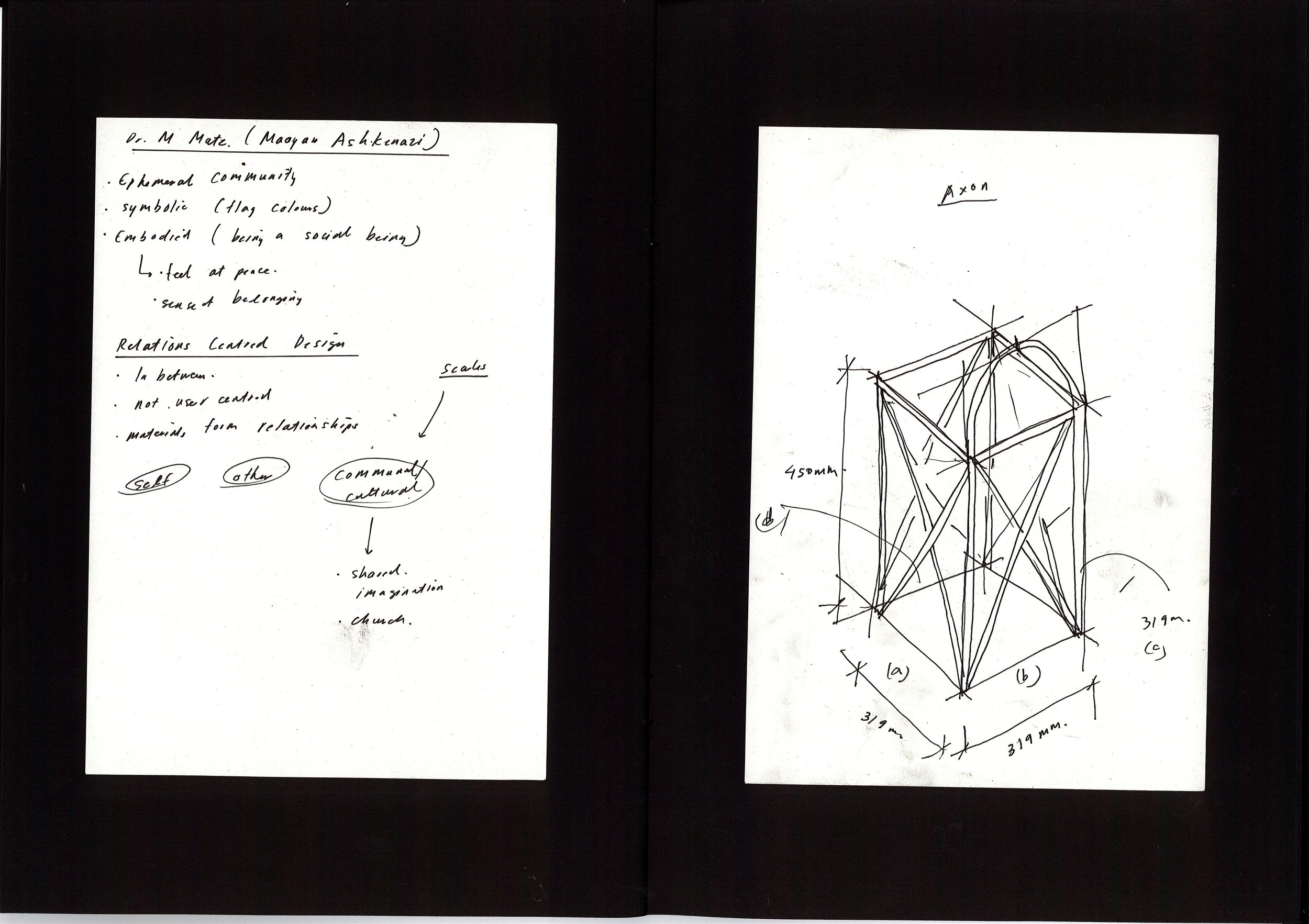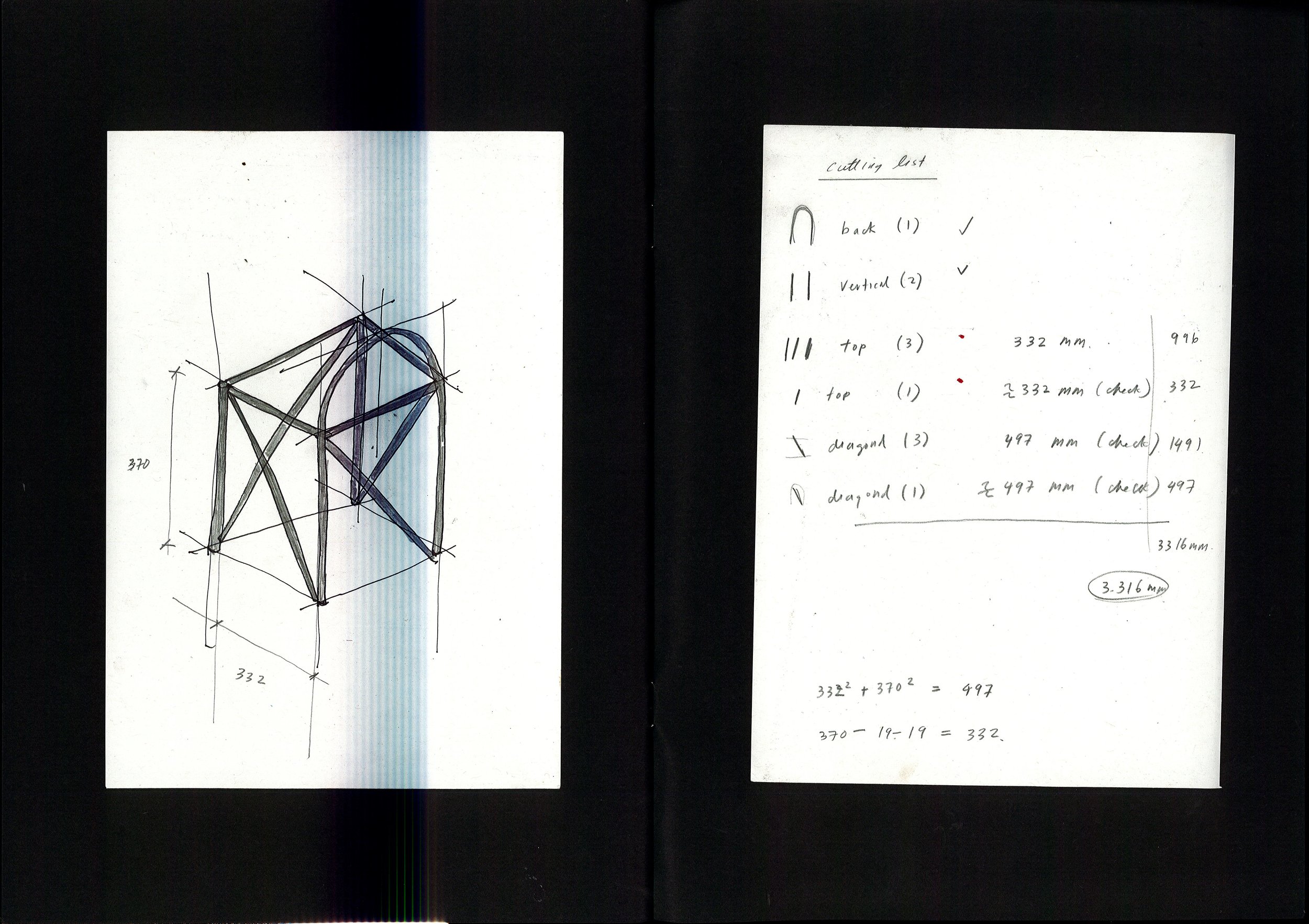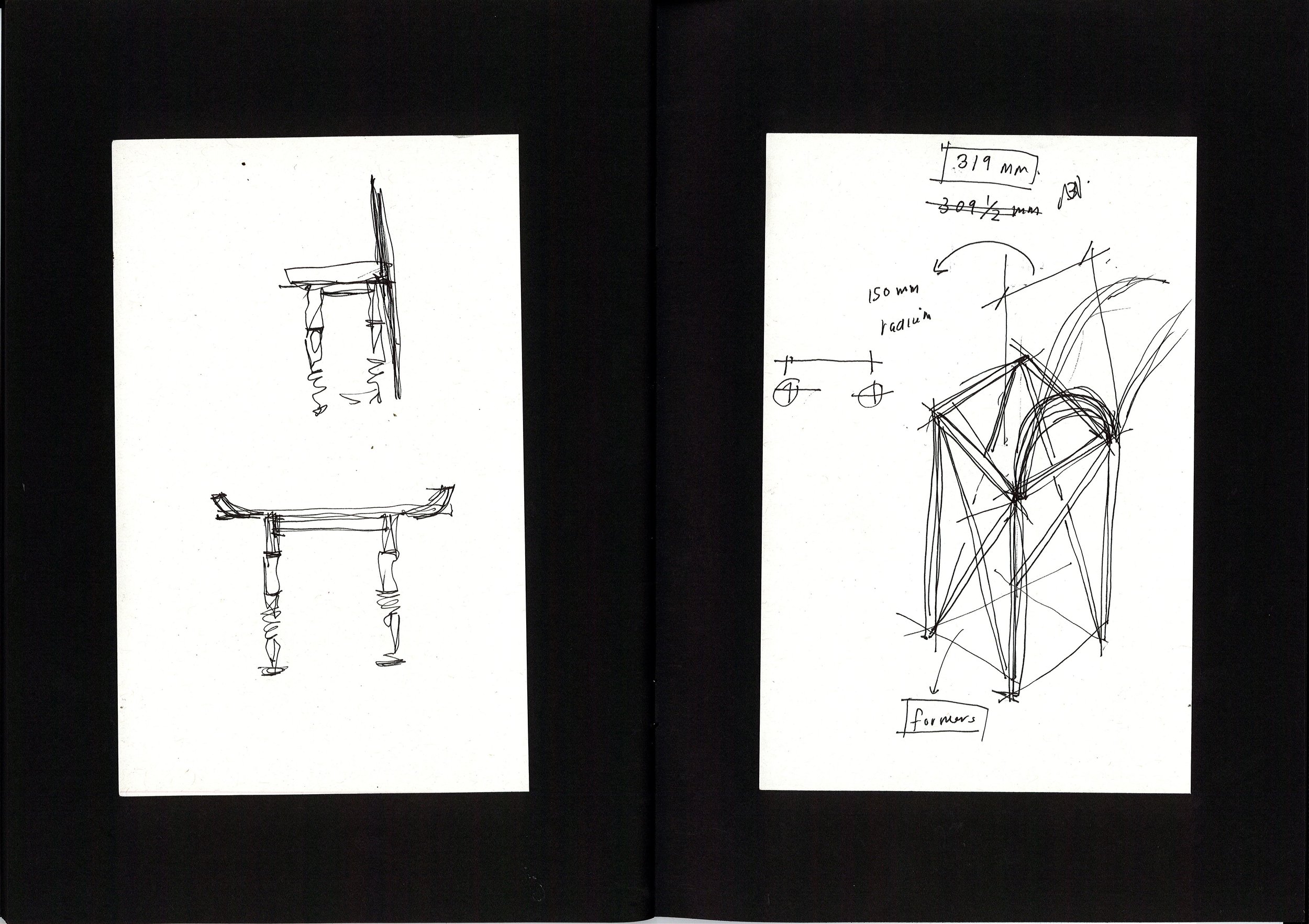No Ball Games
December 2022
One Week Exercise
Canvas, Polyester, 19mm Tubular Steel
Individual Project
Tutors: Kevin Haley, Ian Hunter

I first got in touch with Samson’s family when I was hemming his mother’s leggings at Lululemon, Spitalfields, last year. I got quite excited when I heard their conversations in Cantonese and found out that they were also from Hong Kong, and like me, recently relocated to the UK using the BN(O) visa scheme. I reconnected with them via Facebook, when I remembered that they moved to a small flat in Woolwich. We had lunch at Boulangerie Jade, and I had the chance to ask about how they were settling into the UK.
Samson really missed playing pick up basketball with the people in his housing complex. It was closer to home, the temperature was warmer, and the days were brighter, for longer. He loves school, and loves that he has no homework, but finds himself feeling a bit lonely afterschool. He has a lot more time, but he does not know how to enjoy his spare time.
It was challenging to create a piece of work that responded to his story but also reflected the existing state of public sporting spaces in Woolwich. The contrast between the basketball courts in Choi Hung (Rainbow) and Woolwich were stark. Playing ball sports served as a common thread between two cities - two cities with distinctively different social, environmental, political and geographical differences.

I tried to capture the isolation and clumsiness of Samson’s experience by playing with the proportions of the basketball court with materials often associated with the domestic sphere. The basketball hoop has been warped and bent to reflect the form of a stool, with an oversized board haphazardly pushed to to the corner, the court is stitched with canvas and polyester. The colours are taken from the Basketball Courts that Samson is familiar with, so that he can have a bit of Hong Kong with him in Woolwich.
While building this maquette, I kept questioning the purpose of this design/art exercise. It seems to be part anthropological, part art installation, part design exercise to experiment with materials. To what extent can an object represent and hold space for Samson’s memory of playing pick up basketball? Is this object doing anything well - to what extent is this adding to his experience, and how do you accurately capture the hiccups of assimilating with the local social scene within the Woolwich playground? How do children meet each other beyond the traditional networks of school? How do children form friendships beyond language? I hope that it is, at least, a reminder that public spaces for play, plays a big role in bringing our common spaces to life. It shapes how people relate to one another and best of all, it is easily accessible for everyone to enjoy. Public sporting spaces also contributes to well-designed spaces, helping to foster distinctive place identities, and serving as focal points for communities to gather.



